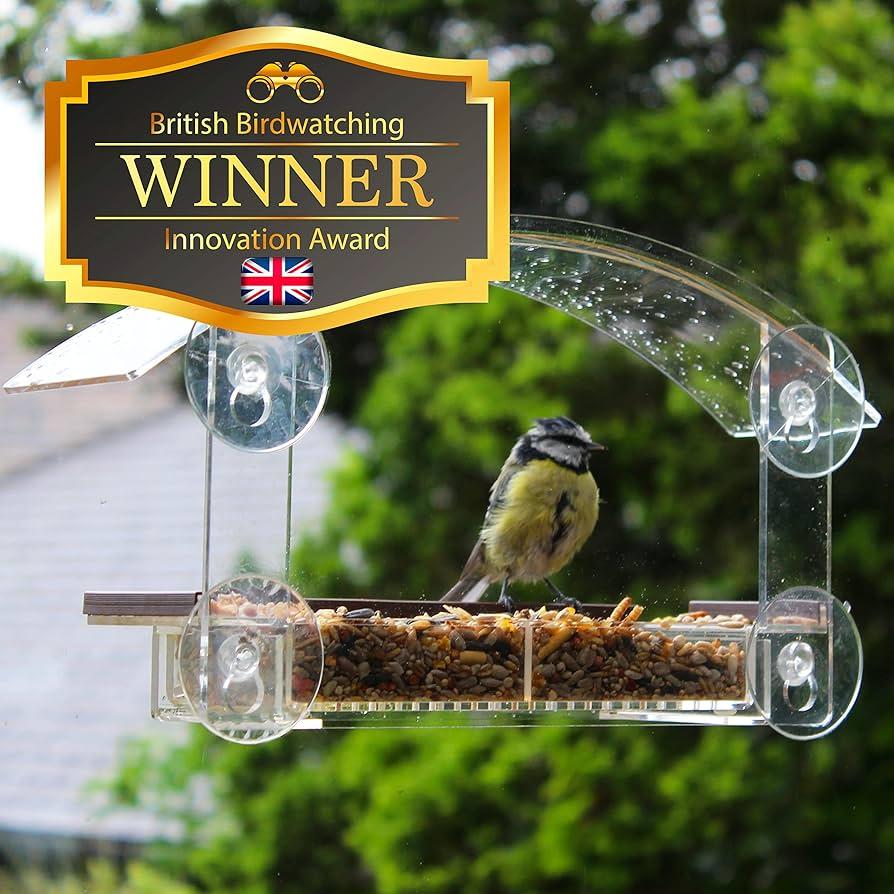In a pioneering investigation that illuminates the complex interplay between human actions and avian evolution, researchers have discovered that the widespread use of bird feeders in California has instigated significant changes in the behavior and physical traits of local hummingbird populations. As these colorful birds gather around plentiful artificial nectar sources, scientists have noted extraordinary shifts in their feeding behaviors, beak structures, and territorial interactions. This research, featured in the journal Science, not only underscores the unexpected effects of backyard feeding practices but also prompts critical discussions about wildlife adaptation and biodiversity amid rapid environmental changes. The findings resonate beyond California’s borders, urging us to rethink our relationship with nature.
The Effect of Bird Feeders on Hummingbird Evolution in California
The advent of bird feeders has profoundly impacted hummingbird ecology in California, leading to significant evolutionary adaptations. Studies show that these feeders offer a reliable food source while introducing new selective pressures. One notable transformation is seen in their physical characteristics—particularly beak length and wingspan. Hummingbirds are evolving longer beaks to access nectar from specialized feeders more effectively. Over time, this has resulted in distinct trait divergences among species that utilize feeders compared to those relying solely on natural sources.
Furthermore, the availability of feeders has altered social dynamics within hummingbird communities. Heightened competition for food resources has led to noticeable shifts in behavioral patterns. Research indicates an increase in aggressive territorial behaviors surrounding feeder locations; this can influence both survival rates and reproductive success among these birds. The following table illustrates key behavioral modifications observed among hummingbirds thriving near abundant feeder environments:
| Behavioral Changes | Before Feeders | After Feeders Introduced |
|---|---|---|
| Aggression Levels for Territory Defense | Lesser Aggression | Increased Aggression |
| Nectar Consumption Frequency | Seasonally Dependent | Pervasive Year-Round Feeding Habits |
| < strong >Modified Foraging Techniques< / strong > | PREFERENCE FOR ARTIFICIAL FEEDERS OVER NATURAL SOURCES<
/t d>
/t r >
/tbody > /table > Guidelines for Eco-Friendly Bird Feeding Practices To Maintain Ecological Harmonyn nTo promote a healthy ecosystem while enjoying observing hummingbirds up close,nenthusiasts should adopt several eco-friendly bird feeding practices.nFirst off,nit is essentialnto choose appropriatenhummingbird feeders,nfocusing on designsnthat minimizenleakingnandnspillage,nas excess nectar can attract pests.nUtilizingnbiodegradable materialsnin feeder construction helps reduce wastenand mitigates potential harm if any part breaks.nAdditionally,na clean feeding environment is crucial;nroutine cleaning with hot soapy water prevents mold growthnand disease spread among avian populations. Additionally,ngrowing native flowering plants provides natural nectar sourcesnthat complement artificial feedings.nThese plants support local insect lifenand enhance overall wildlife diversity.nHere are some further strategies worth considering:
If followed diligently, Looking Ahead: Future Perspectives< p>The changing relationship between Californian hummer populations |
